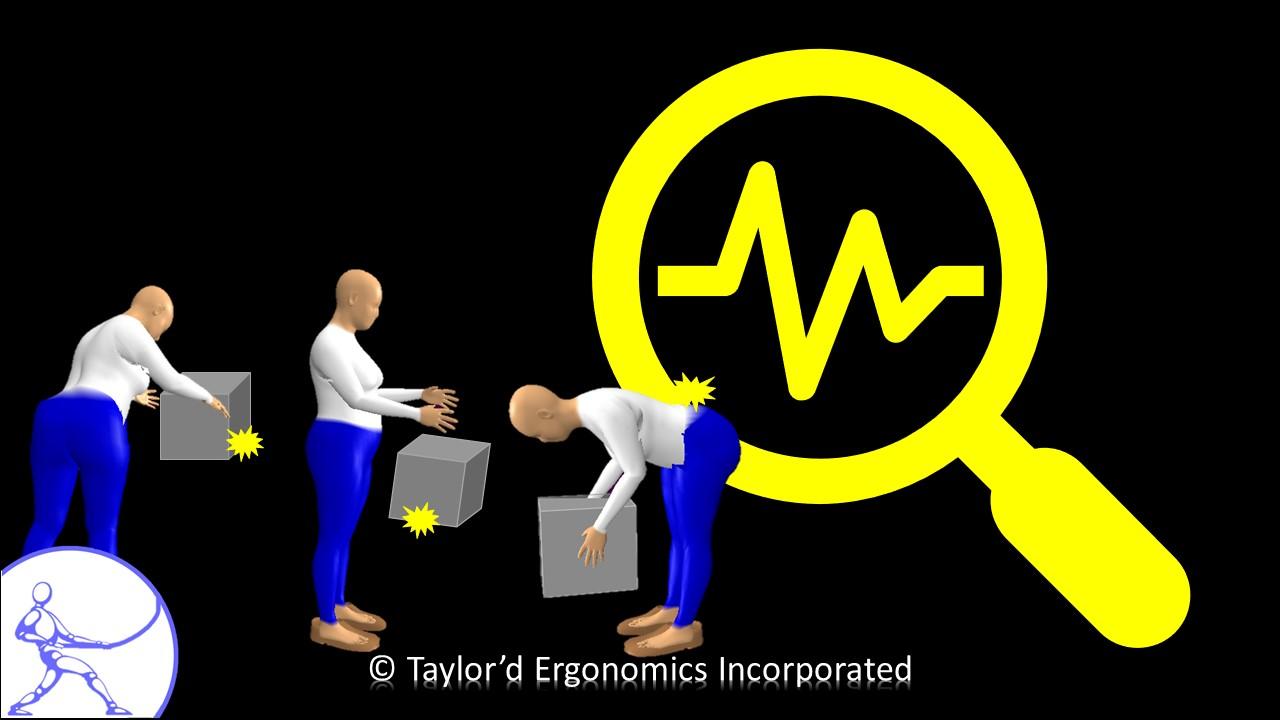 Does your company see itself as “leading edge”? Is “R&D” built into your process? If so, are you applying this approach to ergonomics and strain/sprain injury prevention? Applied research allows you to examine information about specific problems within your company. Research can lead to better work processes, ergonomics awareness and skills, and innovation.
Does your company see itself as “leading edge”? Is “R&D” built into your process? If so, are you applying this approach to ergonomics and strain/sprain injury prevention? Applied research allows you to examine information about specific problems within your company. Research can lead to better work processes, ergonomics awareness and skills, and innovation.
As practitioners, ergonomists apply research every day. An academic researcher proposes an analysis method, tests it, and eventually, it becomes the accepted practice. All of our analysis tools have their roots in research: the NIOSH lifting equation, Liberty Mutual (aka Snook) tables, biomechanics models, RCRA, MAE, etc. Occasionally, we have the opportunity to communicate with researchers (like Murray Gibson and Jim Potvin); this helps us to smooth out little bumps in the field process. Our ergonomists present at conferences about studies that we’ve conducted while applying a new method, or using surveys to quantify the impact of our assessments.
Have you ever considered the potential to do field research at your organization? We’re very interested in this possibility. Imagine getting an answer, specifically for your organization, for one of these questions:
- How can I take my existing PDAs, injury stats, and employee comfort surveys, and create a “current state map” that identifies hot spots for MSD risk?
- Would an exoskeleton reduce joint loading and improve employee comfort, job satisfaction, and productivity for XYZ job?
- Would an alternative chair (kneeling, forward support, saddle stool, etc) improve employee comfort for a specific type of work?
- What are the best ergonomic practices for XYZ job? Or, if these are already known, how can I most effectively train people to use them? (You choose the job…courier driver, warehouse picker, barista, vaccine administrator…..)
- Is hazard-specific ergonomics training (e.g., wrenching, palletizing, patient handling) worth the investment, in comparison to the generic training we have been providing? Does wearable tech improve the outcomes after training? Could wearable tech (such as a device that beeps or buzzes if an employee uses a poor work practice) replace hazard-specific training?
- How do anti-fatigue shoe insoles compare with matting, for XYZ type of work?
- Would “tech” help our ergonomics interns to complete PCDAs, or MSD hazard screening, more efficiently?
- Or…any other question/idea that your company would like to gather information about.
Performing applied ERGONOMICS research can lead to innovative solutions that are specific to your organization’s goals. Now is the time to be creative and ask challenging questions….funding is available to support ergonomics research, and a fresh batch of ergonomists will be graduating and looking for experience in a few months. Taylor’d Ergo can help to organize the study, and can manage the project for you. We have just enough time to make it happen if you act now. Contact Carrie@TaylordErgo.com to schedule a conversation.

